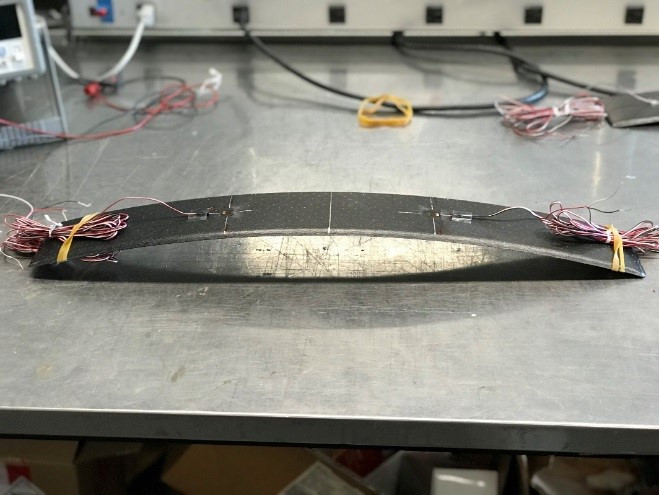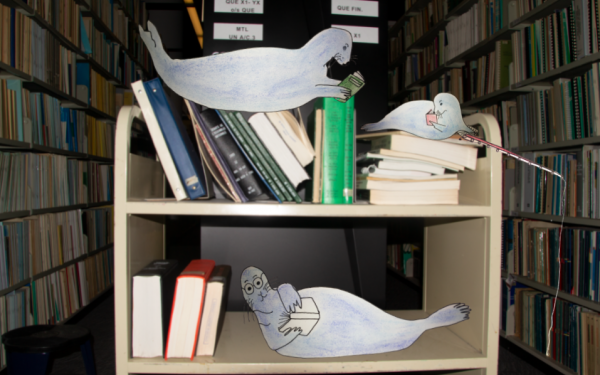Concordia Engineering Professor Reinvents 4D Printing of Composite Materials
Suong Van Hoa Finds Way of Speeding Up Process
Concordia University professor and engineer, Suong Van Hoa, has conceived a quicker 4D printing method of manufacturing composite materials.
“[Four-dimensional] printing combines 3D printing with the reconfiguration of the structure upon the application of some activation mechanism like heat, light or the absorption of moisture,” explained Van Hoa, in the abstract of his Concordia research paper, “4D Printing of Composites.”
“4D printing makes complex structures more rapidly than 3D printing alone.”
Van Hoa is a professor in Mechanical and Aerospace engineering at Concordia, and has been working with composites for 39 years. He is the director of the Concordia Center for Composites.
In regular 4D printing, Van Hoa explained that the materials used are normally soft, and lack strong mechanical properties.

“They use special materials, that means materials that are stretchable like rubber or gel,” Van Hoa said, describing the typical 4D printing method.
“Then you apply mechanisms to different segments of the materials, curving the stretchable segments. Eventually, you can make a curved complex shape.”
Van Hoa’s recent method of 4D printing of composites is different from regular 4D printing. The materials used are stronger, stiffer, and lighter, like those found in the aerospace industry.
Van Hoa, who has worked closely with many aerospace companies in Canada and the United States like Bombardier and Pratt & Whitney, said he discovered this process during a project.
“Recently, I began working on a process called automated composite manufacturing, that is making composites using automation, and robots,” said Van Hoa. “From this kind of manufacturing, I got the idea of 4D printing of composites.”
To manufacture composite materials, prepregs (composite carbon or glass fibers in which a thermoset resin matrix is already present) would usually be laid upon a curved mould.

However, Van Hoa has found a way of eliminating the step of making a curved mould, making the process of manufacturing composites much quicker and more affordable.
“This concept allows the ability to make composite structures of complex shapes without the need to have complex moulds, hence mouldless manufacturing,” said Van Hoa in his abstract.
In Van Hoa’s method, simple flat moulds can be used. Different factors, like anisotropy, are then responsible for reconfiguring the structure to create a composite material. Anisotropy is the concept in which a material’s properties are dependent on its direction along different axes.
“The main mechanisms responsible for the reconfiguration of the structure are due to the anisotropy of the properties of the structure,” says Van Hoa in his journal, Advanced Manufacturing: Polymer & Composites Science.
“The resin shrinkage due to curing gives rise to different amounts of deformation along the fiber direction.”

1_900_600_90.jpg)
_600_832_s.png)




